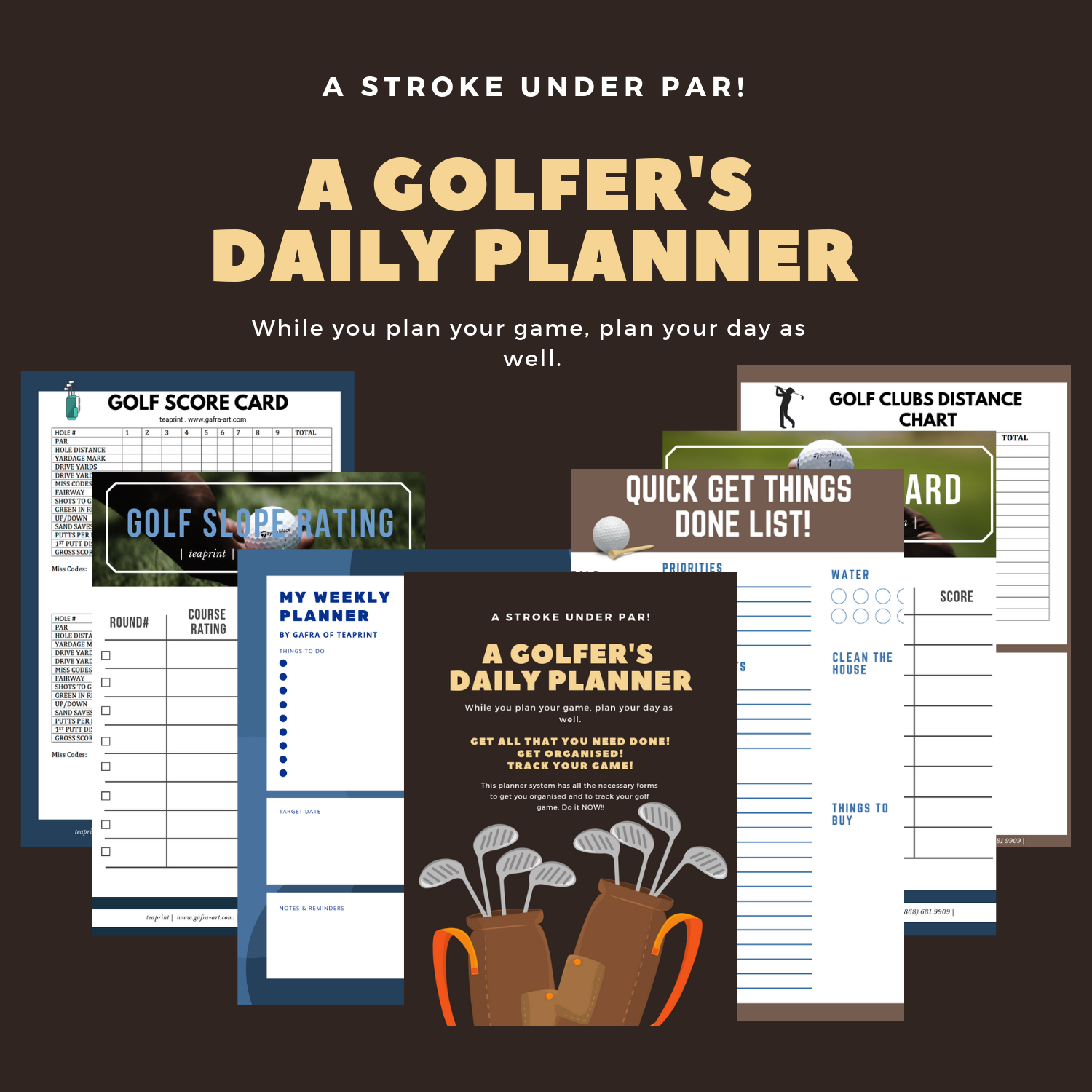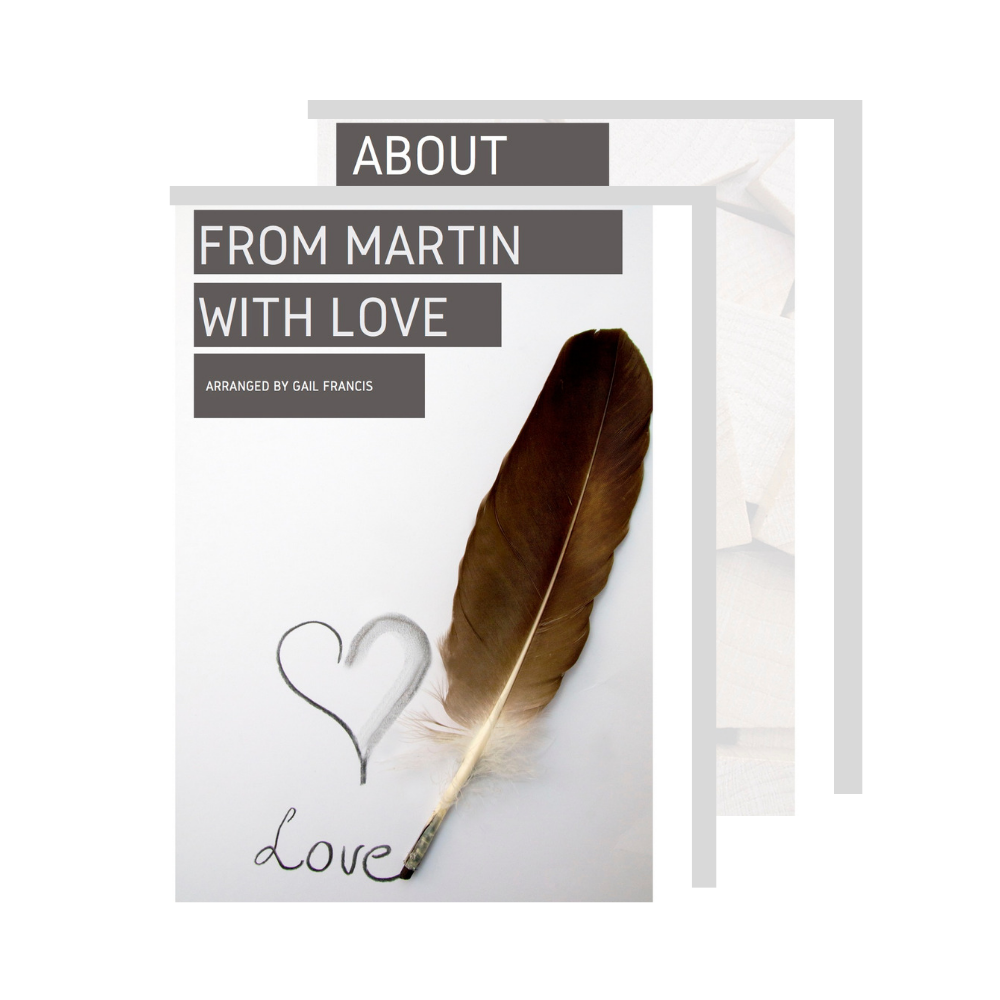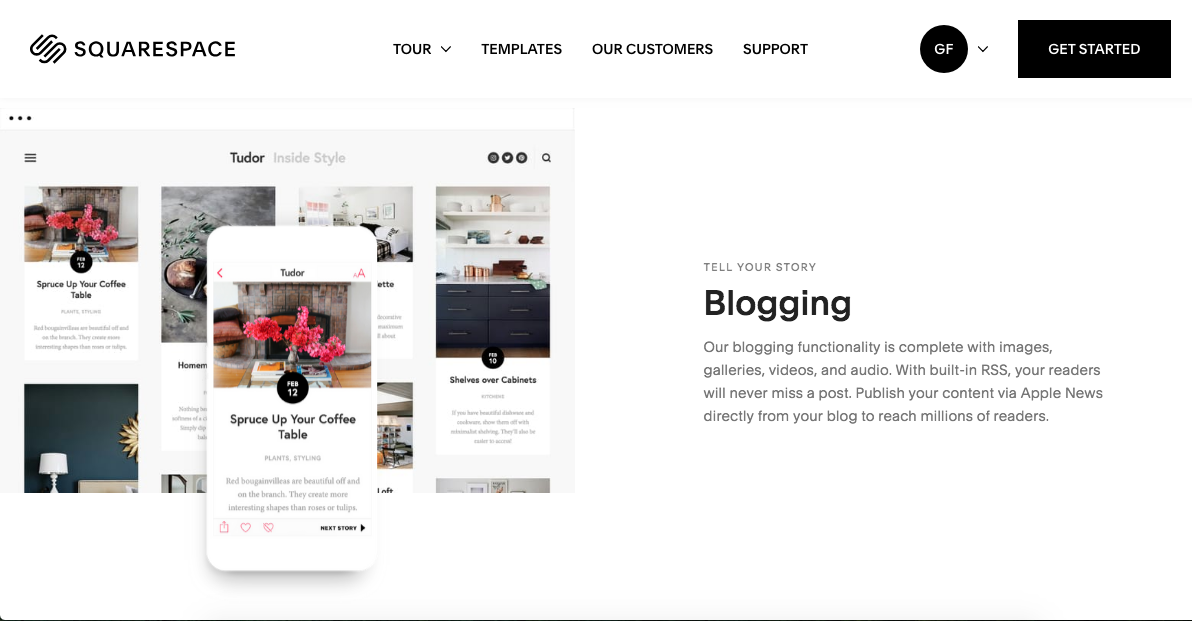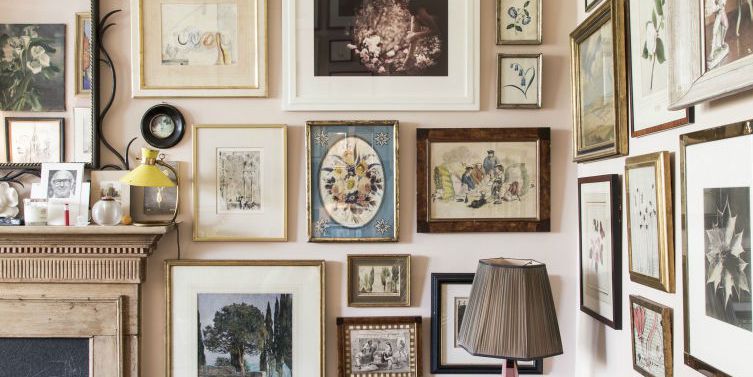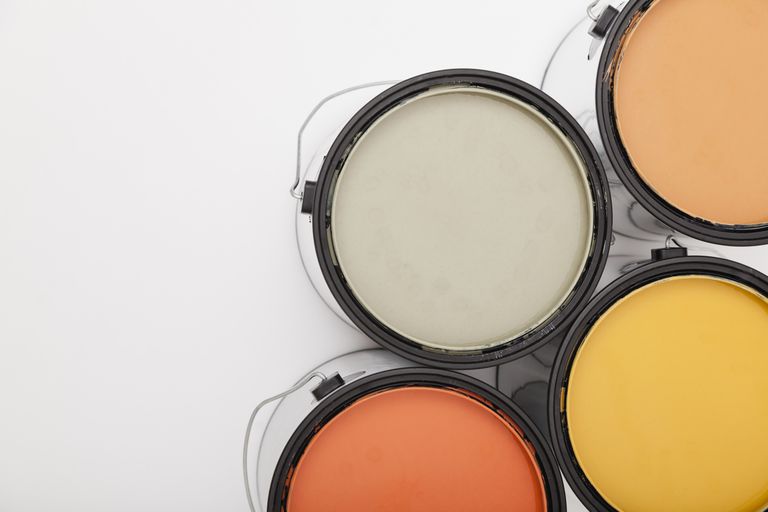Inspiration is a necessity for Artist
/
Inspiration Is a Necessity for Artists
Hi guys….there are always times when an artist has a day or days when they feel uncreative or uninspired. Sometimes the days become weeks or even months. Lately I haven’t been feeling to paint. I think in starting my Etsy Shop teaprint and creating as many printables as I can, my satisfaction started coming from creating these digital products rather than painting. This period of lack of artistic inspiration is a common phase for every artist, however, all of us that love to be creative, suffer quite a bit from these stages. We feel like we’ll never be able to create anything good in our lives, ever again.
That is happening to me right now and I would like it to end immediately, but at the same time, I’m afraid to go back to my easel and face a potential lack of feeling or excitement like I normally feel. I read a few articles about this and one artist indicated that she had developed some special “go to” activities that help you get over the temporary impasse and go back to your art with renewed passion. So if you're feeling like me right now, I want to share this with you, maybe this information will help you like it has me. The 10 steps were as follows:
10 Tips to Shake Away the Creativity Burnout and Find Artistic Inspiration
Inspiration Is a Necessity for Artists. ...
Keep Your Art Supplies and Tools Easily Accessible. ...
Just Show Up at Your Studio. ...
Take Lots of Pictures of Things and Places You Like. ...
Collect Reference Photos and Keep Them Organized. ...
Start Doodling.
Try something New
Network within the Art community
Read books that inspire your creative genius
Participate in Art challenges
Create for the sake of creating
I was doing some of these and some I wasn’t, but my real beef was my uncertainty about what was my style. I think that is why I wasn't feeling to paint. Deep down I’ve been trying to figure out, what is really my style? because I look at the work of other artist and its clear what their style is. To me it’s because all of their pieces kinda look the same or are similar in design. Do I want that for my work? But do I have a choice? From what I see the customers seem to want that look, they want to be able to identify you through your distinct look, rather than be confused with a combination of work that could have been done by a number of artist. I’m beginning to get it. at least I think I am. From reading and researching this is what I learned:
Style in drawing is a collection of attributes that make drawings unique. Each period in the history of art is characterized by the style of some groundbreaking artists. For example, modernism is characterized in part by Cubism, a style developed by Pablo Picasso and Georges Braque.
Here are common drawing styles:
Abstraction/Nonrepresentational: Artists who work in an abstract style make drawings that are usually about shape, line, value, color, and/or texture. Practitioners of the nonrepresentational style of drawing include Piet Mondrian, Joseph Albers, and Al Held.
Art Nouveau: Artists who work in an Art Nouveau style make drawings that are illusionistic but primarily flat, that are highly pattern driven, and that usually incorporate fluid, curving lines. Practitioners of Art Nouveau include Gustave Klimt, Aubrey Beardsley, and Alphonse Mucha.
Manga: Artists who practice the Manga style make drawings based on the Japanese comic book style developed in 19th Century Japan. Practitioners of Manga include Osamu Tezuka and Machiko Hasegawa.
Post-impressionism: Artists who practiced the style called post-impressionism made drawings based on light (the preoccupation of the impressionists) but with more attention to geometric shapes. This style includes some purposefully expressive distortions. Practitioners of post-impressionism include Georges Seurat, Paul Cezanne, and Vincent VanGogh.
Realism: When artists draw convincing representations of reality, the style is called realism. Practitioners of realism include Leonardo Da Vinci, Jean Augustus Dominique Ingres, William Beckman, and Steven Assael.
Surrealism: Artists who draw dreamlike and sometimes startling works based on pure imagination are practicing surrealism. Practitioners of surrealism include Salvador Dali, Marcel Duchamp, and Yves Tanguy.
Get this PRINTABLES PLANNERS HERE It has some helpful scorecards and forms for the golfing enthusiast
This PRINTABLE PLANNER will help you manage our interruptions so that you have more time for important activities.
My style is a combination of or lies between abstraction/nonrepresentational, post impressionism and realism. The design is still all over the place but I’m getting closer to a definitive type of design for my Acrylic abstracts. With my watercolours, I’m still figuring that one out. Again as I read in another article, I need to start drawing again.
DRAWING ON THE POSSIBILITIES
The joy and personal satisfaction of creating a drawing is both an incentive and a reward.The process of drawing and realising you can enriches all aspects of ones life. The article said to think about the following as you consider the possibilities inherent in drawing:
Your drawings illustrate your personal perceptions. Drawing challenges you to communicate what you see in a non-narrative language. Drawing allows you to speak without words. Your drawings serve as a journal of your artistic journey.
Through the eyes of an artist, you appreciate everything around you from a whole new perspective. Drawing is seeing. As an artist, you visually explore the world with a whole new purpose — to find drawing subjects!
Drawing is relaxing, mentally challenging, and emotionally stimulating. You CAN draw, and you can improve as much as your interest, patience, and commitment take you. The most important thing is that you are drawing. You are making art.
There’s no “right” or “wrong” way to draw, but rather an acceptance of diversity and recognition that every drawing, no matter how much you dislike it, provides a chance for you to figure out something new (even if it’s “I don’t want to do that again!”).
Every new skill requires practice
The three most important elements of discovering how to draw are practice, practice, and more practice!
The key to knowing when you’ve practiced a specific skill enough is when you’re happy with your results.
Get your FREE DOWNLOAD: An EASY GUIDE on “How to Paint an Abstract” OR my LOOK-BOOK
I've read this and heard this many times....you need to be drawing everyday. I also see this being done by one of our great artist here in Trinidad Jackie Hinkson. He is constantly posting his drawings in instagram....so what's up with me? Again my uncertatinty or lack of decisiveness in solidifying what my style and will be from now on is what keeps me back from moving forward. I still feel as if having one style might be boring but not making that decision is preventing me from moving forward.
What is Style?
Your style is a combination of your voice, techniques, color choices, compositions, subject matter, media, and more all wrapped up. Your style is what binds each of your pieces together into a unique and cohesive collection. The best part is that it continues to evolve over time. Even when you’ve found it, it starts to change.
We can learn so much from looking at our own art. So as I am unsure if I’ve found my style, I need to start by asking myself a few questions:
Are there elements of design that tie your pieces together?
What themes show up in your art most often?
What kind of subjects are you drawn to? Many or a few?
What kind of art do you enjoy creating at the moment?
Does your art stand out against the work of other artists?
Its said that when someone is still in the exploratory phase of their art, when an artist jumps around between many subjects, or when their pieces are lined up together and appear as if they all could come from different artists–they haven’t quite figured out their style yet, and that is me to some extent. But at least there’s absolutely nothing wrong with this! It takes time and a lot of work to eventually know your style.
WHAT DO I NEED TO DO?
Copy the World Around me
Mimic nature. Study light, form, color, and shape. Take figure drawing classes. Set up a still life in my living room. Work on my technical skills regularly to introduce a new perspectives and style path.
Practice. Practice. PRACTICE.
If I’m only doing art in my head (chronic procrastinators know what I’m talking about!), my style won’t develop. If I only do art a couple of times a month or less, I won’t see much progress. I have to try to create as often as I can. Every day is best, but a few times a week is perfect.
I have to release my expectations and just have fun.
One article says when you have a precise vision for what you want to create, you limit your perspective and create a blind spot. Finding your style often involves knowing who you are as a person and embracing it. Being an artist isn’t just a career or hobby, it’s a lifestyle. The more you weave art into your daily life and your personality into your art, the easier it will be to cultivate your style, but all of this takes time.
CONCLUSION
Creating and showcasing your personal style is a wonderful achievement. Some artists develop early, and some take years to find their rhythm and voice. Whatever pace you need to work at is the right pace. Honestly, I’m still working on mine.
Don’t try to force your style, but exercise your art muscles whenever you can.
My conclusion for self...I know what it is I should decide. I resist it because of my beliefs about the choice, but it has already been made deep down in my heart. So now its to accept and move forward. With my acrylic abstracts I will stick to the style I've developed. With my watercolours I will stick with 2 themes - landscapes and architectural/urban scenes.
DECISION MADE!!!!
Reference:
How to identify common drawing style by Brenda Hoddinott, Jamie Combs. Part of Drawing for Dummies Cheat Sheet
How to find your style by Kelly Marie
10 Tips to Shake Away the Creativity Burnout and Find Artistic Inspiration by Robie Benvie
ABOUT ME
Hi guys, I’m Gail Francis better known as “GaFra”
Welcome!
Get your personal copy of this ebook HERE!!
JOIN MY LIST



